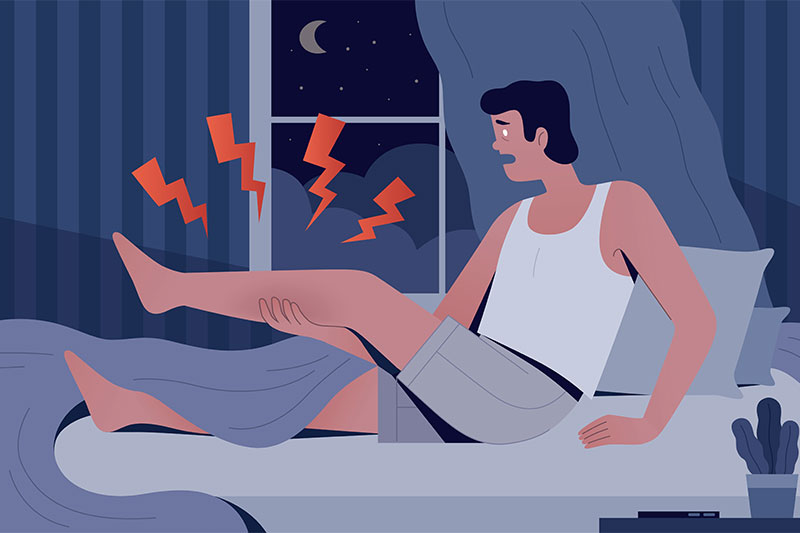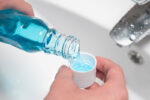
Cramps happen suddenly and are involuntary contractions of the muscles. The painful condition is temporary, of course, but it might be a sign of something wrong in your body.
Cramps are never fun, but we should look at them as signs that there’s something wrong, and that might mean you’re at risk of more significant health risks. Below, you’ll find several types of cramps that you should consider as warning signs and act immediately to reduce the risk of other health threats, especially when it comes to heat cramps.
What causes muscle cramps?
There are many causes for your muscles to contract involuntarily. Some have to do with inadequate blood supply, as narrow blood vessels temporarily shut down the muscles. These are better known as exercising cramps and are relatively harmless.
Other cramps happen when there’s a nerve compression in the spine, and that’s painful. This might happen after a long walk, but the discomfort goes away after resting. If too frequent, talk to your doctor.
The third and perhaps most dangerous type of cramp is caused by dehydration, as the muscles contract when they no longer have the essential minerals to work, like potassium, calcium and magnesium.
What to do if you suffer cramps?
If you experience a muscle cramp, just relax, and it will go away in no time. If caused by dehydration, though, you might want to go inside immediately and hydrate yourself, not only with water but with electrolytes.
Heat-related cramps are signs of severe dehydration that can cause other disorders, including kidney stones, headaches and, in rare and extreme cases, death. If you get a cramp, stop what you’re doing and go inside, cool yourself down and hydrate yourself. Also, avoid drinking alcohol, caffeine and too much sugar to prevent dehydration, and more specifically, heat strokes.
What is a heatstroke?
Heat-related cramps might be an early sign of a possible heatstroke, an authentic health risk. Heat strokes happen when your core body temperature reaches 104 F (40 C) or higher, a dangerous condition that causes brain, kidney and heart damage and might cause an altered state of mind and even death.
Rapid or difficulty breathing, skin redness and headaches are common symptoms of heatstroke. So, what to do if you think you’re experiencing a heatstroke? Remove any excess clothing, sit under a shade, hydrate yourself and cool yourself down with chilly water in the back of your head, face and arms. You’ll be all right, but don’t risk it. It might all start with a muscle cramp!
The four most dangerous cramps
Although any muscle in your body can suffer from cramps, the most common are related to heat and happen in the calves, thighs, arms and abdomen. These cramps might be pretty painful, so lie down and rest in a well-ventilated area. Rub the affected area and slowly stretch it without causing yourself pain or discomfort.
Most cramps go away in a matter of minutes, mainly if you replenish your water and mineral levels and are no longer exposed to heat, but if they persist, visit your doctor. Once your nutrient levels are replenished, your muscles go back to working fine.
Sunny days have their risks as well!
Of course, everyone wants to go out and enjoy a bright, sunny day, but never go out there without a way to cool yourself down and hydrating. Drink water, electrolytes or sports drinks all day, and don’t drink excess alcohol or caffeinated drinks that can promote dehydration. Go out and enjoy the evening but stay safe! And watch out for those cramps!



